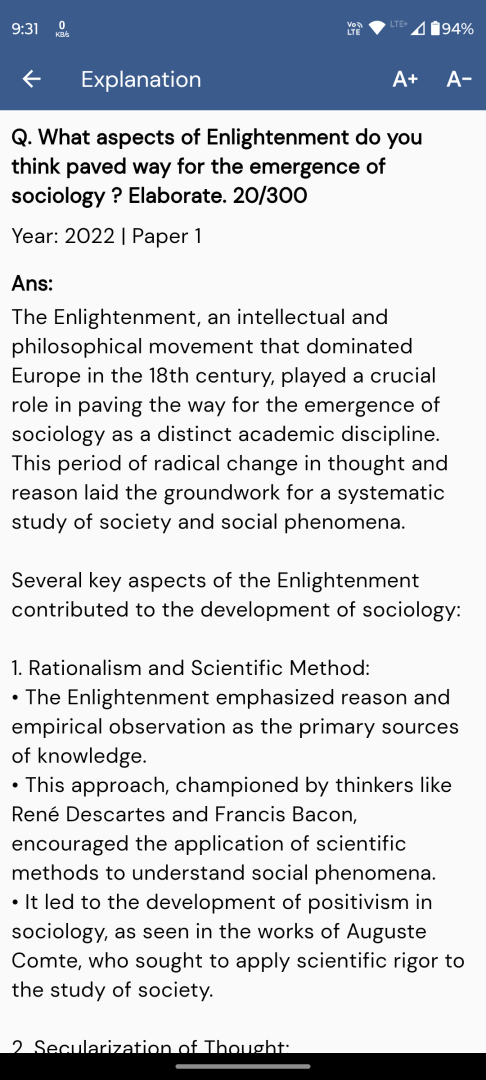Q. “Industrial class structure is a function of social structure of Indian society.” Do you agree with this statement? Analyze.
UPSC Sociology 2025 Paper 2
Model Answer:
Industrial Class Structure as a Function of Indian Social Structure
The statement that India’s industrial class structure is a function of its traditional social structure holds substantial validity. Modern class formation did not emerge in a vacuum but was deeply shaped by pre-existing caste hierarchies, creating what sociologists term a “superimposition” of class upon caste.
Caste-Class Overlap in Industrial Hierarchy
The translation of caste hierarchy into class positions, what Andre Beteille calls “cumulative inequality,” is evident across industrial sectors:
– Capitalist Class: Traditional merchant castes (Vaishya Varnas) like Banias and Marwaris leveraged their historical trade expertise and accumulated capital to dominate industrial entrepreneurship
– Professional-Managerial Class: Upper castes, particularly Brahmins with educational monopoly, transitioned into white-collar positions, validating Milton Singer’s observation about traditional social capital determining modern opportunities
– Working Class: Shudras and Dalits, historically landless and resource-deprived, concentrated in manual and unorganized sector employment, reflecting M.N. Srinivas’s concept of “dominant caste” extending to industrial contexts
Mechanisms of Social Reproduction
– Network-Based Recruitment: Job information flows through caste-kinship channels, as Mark Granovetter’s network theory reveals when applied to Indian contexts
– Cultural Capital Transmission: English education and urban exposure, concentrated among upper castes, become industrial prerequisites—what Bourdieu would identify as inherited advantages
– Segmented Labor Markets: Jan Breman’s fieldwork demonstrates how contractors recruit workers from specific castes, perpetuating occupational segregation
– Community Credit Systems: Traditional banking networks (Chettiars, Marwari hundis) operate along caste lines, restricting capital access for lower castes
Industrial Dynamics and Limited Mobility
While caste provides foundational structure, industrialization introduces selective transformative elements:
– IT sector creates merit-based opportunities but shows subtle caste networking in career progression, as Carol Upadhya’s studies reveal
– Reservation policies facilitate Dalit middle-class emergence, though glass ceilings persist in private sector
– Trade unionization often follows caste lines, limiting cross-caste worker solidarity
Conclusion: India’s industrial class structure fundamentally reflects its social structure, with caste determining access to capital, education, and networks. While industrialization introduces new dynamics, class formation remains inseparable from traditional hierarchies.





